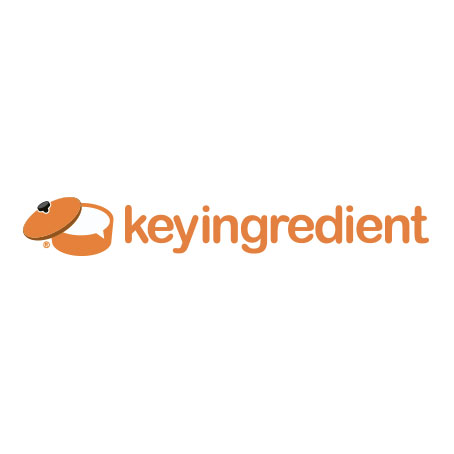Homemade Greek-Style Yogurt
By kallen2302
Easy Greek-style yogurt that doesn't require straining to thicken
 0 Picture
0 Picture
Ingredients
- < BATCH SIZE >
- .
- < SMALL >
- 1-2 1-2 1-2 qt (1-2 L) milk, whole or lowfat
- 1/2 1 1/2 1 1/2 - 1 cups powdered milk
- 1 1 1 Tablespoons yogurt
- .
- < MEDIUM >
- 2 2 2 gallons (4 L) milk
- 1-2 1-2 1-2 cups powdered milk
- 2 2 2 Tablespoons yogurt
- .
- < LARGE >
- 2 2 2 gallons (7-8 Liters) milk
- 2-3 2-3 2-3 cups powdered milk
- 3 3 3 Tablespoons yogurt
- .
- > Large pot
- to Thermometer to measure milk temperature and oven/cooler temp.
- to Jars and/or containers to hold your yogurt
Details
Preparation
Step 1
1. Begin heating the milk in the pot. Stir the bottom of the pot occasionally to keep it from scalding or burning.
2. Add powdered milk after 150 degrees (65 C) and mix well. (It doesn't mix well when the milk is cold.)
3. Heat milk to 115 degrees (47 C) if very fresh and pre-pasteurized or 180 degrees (82 C) if unpasteurized or if a few days old to extend the life.
4. Remove from heat and cool to 115 degrees (46 C). If a film forms, you can skim it off. Cool it faster by making a cold water bath in your sink.
5. Mix 1-3 Tbl yogurt (see chart above) with about 1/2 cup of the warm milk. Add back to the rest of the milk and stir thoroughly (stir at least 10 seconds, up and down, and side to side).
6. Put warm milk into jars or containers.
7. Put jars into a cooler or oven with the light on for 8-12 hours. Maintain 105-115 degrees (40-46 deg C). More time yields more sour yogurt. I put a towel over the top, but don't add the lids for this step.
8. Add any sweeteners or flavors: fruit, jam, honey, sugar, vanilla, etc.
9. Put lids on jars and refrigerate for 4 hours. You can freeze some for frozen yogurt.
Notes:
- Raw milk is safe to use because you will heat it enough to pasteurize it.
- The powdered milk can be whole or lowfat. Utrapasteurized reportedly doesn't work as well.
- You can alternately add fruit and flavorings to the bottom of the jars before filling. It's probably best to add honey after it "cooks" since honey may kill off some of the starter bacteria.
- The yogurt you use for a starter can be plain or sweetened, but should have these bacteria strains: Lactobacillus bulgaricus and Streptococcus thermophilus. In Uruguay, Claldy brand has these strains listed. (If you try using the Argentinian Greek yogurt for a starter, let me know if it works! I couldn't find the bacteria strain on the label.)
- The contents of a couple of probiotic capsules also works (check the strains)
- Save a little from your batch in the fridge or freezer (in an ice cube tray works well) as starter for your next batch.
- To keep a cooler warm, you can also use 115 degree water. Heat it on the stove and pour the water in your cooler until it comes to the half way mark on your jars or a little higher. Or fill some extra jars with hot water. The cooler keeps the water at around 115 for a long time.
- For a comparison of different yogurt starter cultures, visit www.culturesforhealth.com/choosing-a-yogurt-starter-culture. The advantage of the two traditional bacteria strains is that they are reusable in new batches.
- The milk can alternately be heated unsupervised in a crock pot. It takes at least 2.5 hours to get to temperature, so I prefer the stovetop method.
Review this recipe